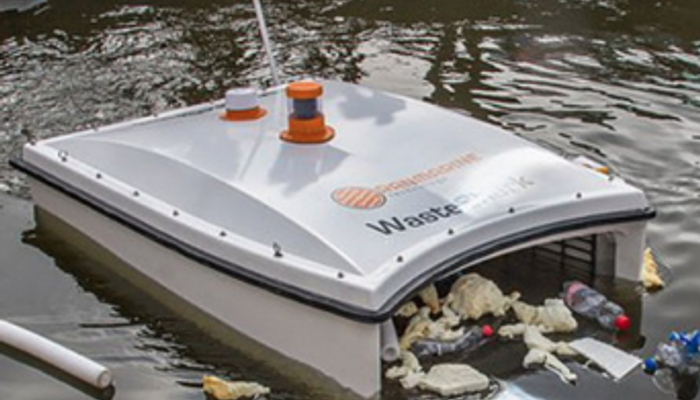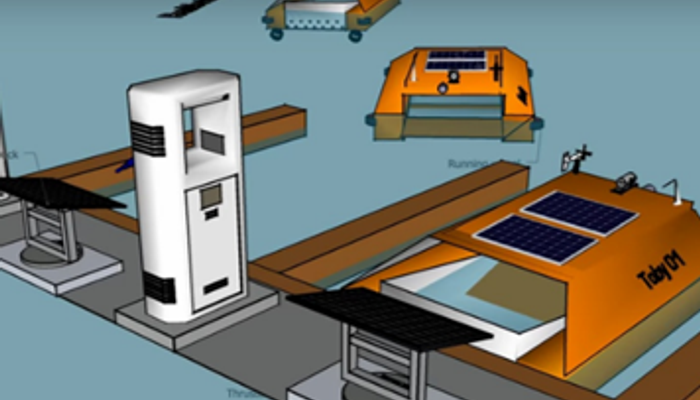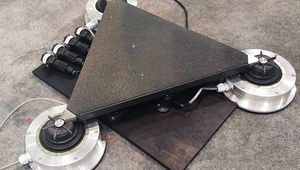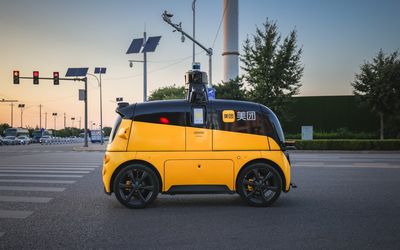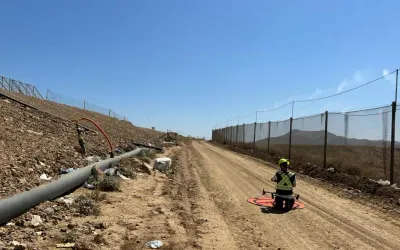WasteShark
An autonomous catamaran to remove floating plastic debris in ports and harbors. The WasteShark is an aquadrone that removes plastics and other floating debris from the water surface. It was designed especially for use in ports and harbors. Shaped like a catamaran, WasteShark can collect up to 350 kg of trash at a time. The electrically propelled drone produces zero carbon emissions and is compact and agile. RanMarine Technology developed the design and prototype through a start-up accelerator program for port innovators in Rotterdam.
adaptive control - autonomous surface vehicles (ASVs) - environmental monitoring - hazardous environments - telerobotics
Overview
The WasteShark is an aquadrone that removes plastics and other floating debris from the water surface. It was designed especially for use in ports and harbors. Shaped like a catamaran, WasteShark can collect up to 350 kg of trash at a time. The electrically propelled drone produces zero carbon emissions and is compact and agile. RanMarine Technology developed the design and prototype through a start-up accelerator program for port innovators in Rotterdam.
The algorithms supplied by DFKI will enable the drone to find it’s way back from the harbor basin to a docking station, where it can deposit the collected trash and re-charge it’s batteries.
- Dimension: 190 cm x 140 cm x 45 cm
- Weight: 39 kg unloaded
- Carrying capacity: 550 litres ~ 350kg
- Power source: battery
- Thrust: 5.1 kgf (forward), 4.1 kgf (reverse) @ 16V
- On-board sensors: camera, lidar (laser range finder), depth sounder, temperature sensor
- Water quality sensors (optional): pH, ORP, conductivity, dissolved oxygen, turbidity, ammonium, chloride, nitrate, salinity, mV, ORP, TDS, Resistivity
- Capabilities: 16 hours a day waste collection and/or data collection & transmission
- Waste type: plastics, micro-plastics, alien vegetation (e.g. duckweed), floating debris
- Operation area: semi-confined water surfaces with ship traffic (e.g. ports, canals)
- Steering control: remote control (currently) or autonomous (future)
References
Recommended Specs
View all Tech Specs

